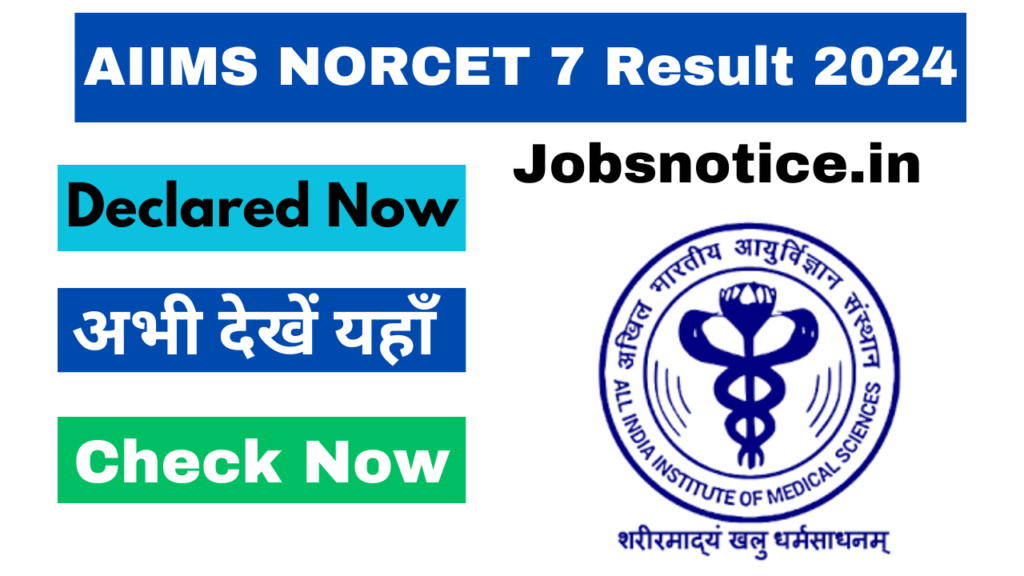Youth Vote and Engagement Strategies: A Comprehensive Analysis
The youth vote has emerged as a powerful force in U.S. elections, with young voters (ages 18-29) increasingly influencing outcomes and shaping the political landscape. As we approach the 2024 U.S. presidential election, understanding the dynamics of the youth vote and the strategies to engage this demographic is crucial for candidates and political parties. This analysis will explore the significance of the youth vote, the factors that motivate young voters, and effective engagement strategies that can mobilize this vital group.
The Importance of the Youth Vote
Demographic Significance
Young voters represent a substantial portion of the electorate. In recent elections, their turnout has increased, with approximately 50% of eligible voters in this age group casting ballots in the 2020 election. This demographic is not only large but also diverse, encompassing various racial, ethnic, and socioeconomic backgrounds. As the nation becomes increasingly diverse, engaging young voters is essential for reflecting the electorate’s full spectrum.
Historical Trends
Historically, young voter turnout has been lower than that of older demographics, but this trend is shifting. Events like the 2008 election, driven by President Barack Obama’s candidacy, saw a significant increase in youth participation. Factors such as social media mobilization, pressing social issues, and grassroots movements have contributed to this shift. Understanding these historical trends helps identify what resonates with young voters today.
Political Impact
The influence of the youth vote is particularly pronounced in close elections. In 2020, for instance, states like Georgia and Arizona saw young voters play a pivotal role in determining outcomes. Issues such as climate change, student debt, and social justice resonate deeply with younger voters, often swaying their political affiliations and voting behavior. Recognizing the power of the youth vote is essential for candidates seeking electoral success.
Factors Motivating Young Voters
Social Issues
Young voters are often driven by social justice issues, including racial equity, LGBTQ+ rights, and climate change. The movements surrounding Black Lives Matter and environmental activism have galvanized young voters, making these issues central to their political identity. Candidates who prioritize these topics and demonstrate genuine commitment to social justice tend to resonate more with this demographic.
Economic Concerns
Economic stability is another critical factor for young voters. With rising student debt, housing costs, and job insecurity, young voters are increasingly concerned about their financial futures. Candidates advocating for policies that address economic inequality, such as student debt forgiveness and affordable housing, appeal to young voters’ immediate concerns.
Political Identity and Engagement
Many young voters identify as politically engaged and informed. Social media platforms like Twitter, Instagram, and TikTok serve as important spaces for political discourse, allowing young people to connect with like-minded individuals and organizations. This digital engagement fosters a sense of community and activism, motivating young voters to participate in elections.
Engagement Strategies for Mobilizing Young Voters
Leveraging Social Media
Social media is a powerful tool for reaching young voters. Candidates and political organizations can utilize platforms like TikTok, Instagram, and Snapchat to communicate messages effectively. Creative content, such as memes, videos, and live streams, can capture attention and encourage sharing, amplifying the reach of political messages.
- Authenticity Matters: Young voters are more likely to engage with candidates who appear genuine and relatable. Behind-the-scenes content, personal stories, and unfiltered interactions can create a sense of authenticity.
- Influencer Collaborations: Partnering with social media influencers who resonate with young audiences can significantly enhance outreach efforts. Influencers can help demystify political issues and encourage their followers to participate in the electoral process.
- Interactive Campaigning: Engaging young voters through interactive content—such as polls, quizzes, and Q&A sessions—can foster a sense of involvement and encourage them to share their views.
Fostering Community Engagement
Grassroots organizing and community involvement are effective ways to mobilize young voters. By fostering a sense of community, candidates can build trust and motivate young people to participate.
- Local Events and Gatherings: Hosting events, town halls, and community forums allows candidates to connect with young voters personally. These gatherings create opportunities for dialogue and relationship-building.
- Volunteer Opportunities: Encouraging young people to volunteer for campaigns can instill a sense of ownership and commitment. Providing meaningful roles in campaign efforts—such as outreach, social media management, or event planning—can empower young voters.
- Partnerships with Student Organizations: Collaborating with college and university student organizations can facilitate outreach efforts. Engaging with student governments, activist groups, and cultural organizations can help candidates connect with young voters on campus.
Addressing Key Issues
To effectively engage young voters, candidates must address the issues that matter most to this demographic. Crafting policies and messaging around these key topics is crucial.
- Climate Change: Young voters prioritize climate action. Candidates who propose comprehensive environmental policies, such as the Green New Deal or investment in renewable energy, can gain traction among younger voters.
- Student Debt: Addressing the burden of student loans is critical. Candidates advocating for student debt cancellation or tuition-free college resonate strongly with young voters, who often feel the weight of financial insecurity.
- Social Justice: Candidates must demonstrate a commitment to social justice issues, including racial equity, gender equality, and LGBTQ+ rights. Actively engaging with movements and advocating for systemic change can foster trust and support.
Creating Accessible Voting Options
Accessibility is paramount in mobilizing young voters. Candidates and organizations must work to ensure that voting is convenient and accessible for all.
- Education on Voting Procedures: Many young voters may be unfamiliar with voting procedures. Providing clear and accessible information about registration, polling locations, and mail-in voting can help remove barriers to participation.
- Early Voting and Absentee Ballots: Promoting early voting and absentee ballot options can increase turnout. Many young voters have unpredictable schedules, making it essential to offer flexible voting methods.
- Transportation Assistance: Organizing transportation to polling places can alleviate barriers for young voters without reliable access to transportation. Carpooling initiatives or partnerships with ride-sharing services can facilitate this process.
The Role of Education
Educational institutions play a crucial role in fostering civic engagement among young people. Integrating civic education into school curriculums can empower students to become informed voters.
- Civic Education Programs: Schools and universities can implement programs that teach students about the electoral process, the importance of voting, and how to engage with political issues.
- Encouraging Debate and Discussion: Creating spaces for open dialogue about political issues can foster critical thinking and engagement. Debates, discussion groups, and forums allow young people to explore diverse perspectives and develop informed opinions.
- Student Voting Initiatives: Educational institutions can lead initiatives to register students to vote and provide resources for understanding the voting process. Campus organizations can collaborate with local election offices to facilitate voter registration drives.
Measuring Success and Impact
To assess the effectiveness of engagement strategies, candidates and organizations must measure their impact. This can be done through various methods:
- Tracking Voter Turnout: Analyzing voter turnout among young demographics in different elections can provide insights into the effectiveness of engagement strategies.
- Surveys and Feedback: Conducting surveys and gathering feedback from young voters can help identify successful strategies and areas for improvement.
- Social Media Analytics: Monitoring social media engagement metrics, such as likes, shares, and comments, can provide insights into the resonance of campaign messaging with young voters.
Challenges and Considerations
Despite the potential for mobilizing young voters, several challenges must be addressed:
- Voter Apathy: Some young people may feel disillusioned with the political process, believing that their votes do not matter. Overcoming this apathy requires meaningful engagement and addressing systemic issues.
- Misinformation: The prevalence of misinformation, particularly on social media, can hinder informed decision-making. Candidates must counter misinformation and provide accurate information to empower young voters.
- Competing Priorities: Young voters often juggle various responsibilities, such as work, school, and personal life. Candidates must be mindful of these competing priorities and offer flexible engagement options.
Conclusion
The youth vote is a crucial component of the American electoral landscape, with the potential to shape the future of the nation. Understanding the factors that motivate young voters and implementing effective engagement strategies are essential for candidates seeking to mobilize this demographic. By leveraging social media, fostering community engagement, addressing key issues, and creating accessible voting options, candidates can connect with young voters and inspire them to participate in the democratic process. As we approach the 2024 U.S. presidential election, the youth vote will undoubtedly play a significant role, making it imperative for all political stakeholders to prioritize engagement with this dynamic and influential group.




